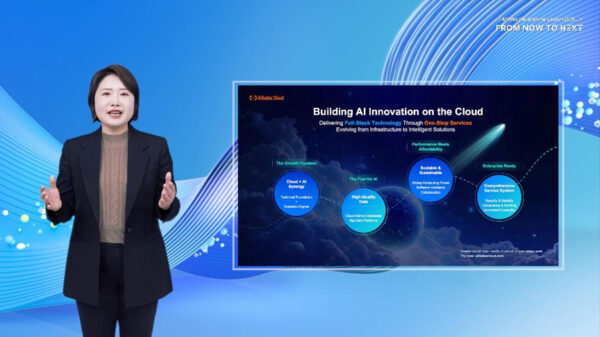Customers are looking at multiple cloud providers to meet their enterprise requirements. Multicloud is the reality in enterprise technology according to a study from 451 Research, part of S&P Global Market Intelligence, commissioned by Oracle. The study collected information from 1,500 respondents at enterprises about how they use the cloud within their organization and found that almost every cloud journey is now becoming a multicloud journey.
Cloud adoption has become synonymous with how enterprises build business agility and operational efficiency. While these trends have existed for some time, more than 90 percent of Asia Pacific respondents agreed that the COVID-19 pandemic has been a strong driver of greater interest and investment in cloud technology. As organizations faced new challenges such as increased levels of remote work and collaboration with new business partners and suppliers, they adopted a multicloud strategy to gain the flexibility and scalability they needed for this new reality.
“The ‘one-stop-shop’ mentality has died when it comes to the cloud. Instead, multicloud is the reality of enterprise technology environments as these organizations seek to get the right mix of solutions and capabilities they need to operate effectively,” said Melanie Posey, research director, Cloud & Managed Services Transformation at 451 Research. “Multicloud is here to stay, and enterprises are choosing this model for the benefits it provides for a range of different business and operational requirements, like business agility or access to best-of-breed technology.”
Key findings from the study include:
Almost every cloud journey is multicloud
- 97 percent of Asia Pacific enterprises surveyed are using or plan to use at least two cloud infrastructure providers and 35 percent are using four or more.
- 95 percent of Asia Pacific respondents reported they are using or plan to use at least two cloud application providers (Software-as-a-Service), with more than 48 percent using cloud applications from five or more providers.
- This multicloud strategy allows IT departments to meet the specific technology needs of different teams across the organization.
Data sovereignty and cost optimization are driving demand for multicloud strategies
- The top two drivers of multicloud strategies in enterprises are data sovereignty (44 percent) and cost optimization (40 percent).
- Other drivers of multicloud strategies include business agility and innovation (32 percent), best of breed cloud services and applications (27 percent) and cloud vendor lock-in concerns (26 percent).
- Multicloud strategies give enterprises more control over where and how their data is stored and used, while also ensuring businesses can control the costs of their cloud operations by adjusting which services they use from different providers.
Enterprise organizations are proactively planning multicloud strategies for the future
- Data redundancy (56 percent) is the most anticipated future use case, followed by data mobility (52 percent) and cost optimization across public clouds (45 percent).IT departments also plan to use multicloud strategies for risk mitigation for the entire IT environment (41 percent) and geographic expansion or global service delivery (44 percent).
- The fact that IT departments are planning multicloud strategies shows that they see multicloud as a way to get ahead of their technology needs, instead of simply a tactic to react to crises.
“Customers are on-boarding new cloud providers to accelerate their digital transformation goals. They want to get their existing mission critical workloads on the cloud faster, without the cost or risk of having to re-write, to then tap into the innovation areas driven by machine learning and AI” said Chris Chelliah, senior vice president, technology and customer strategy, Oracle Japan and Asia Pacific. “Unique among hyperscale providers, Oracle Cloud Infrastructure (OCI) offers customer choice to deploy workloads where they best fit – on-premises, on the public cloud or even across multiple clouds. With the recent introduction of MySQL HeatWave on AWS and Oracle Database Service for Microsoft Azure, Oracle has broken down the wall between cloud providers, so that customers can achieve their business outcomes.”
This research validates the approach OCI has taken with its distributed cloud and management offerings, which earned Oracle recognition as a leader in the recent Omdia Universe: Hybrid and Multicloud Management Solution, 2022–23 report (December 2022).
Read a complimentary version of the report here. Read the full report here.











































































































